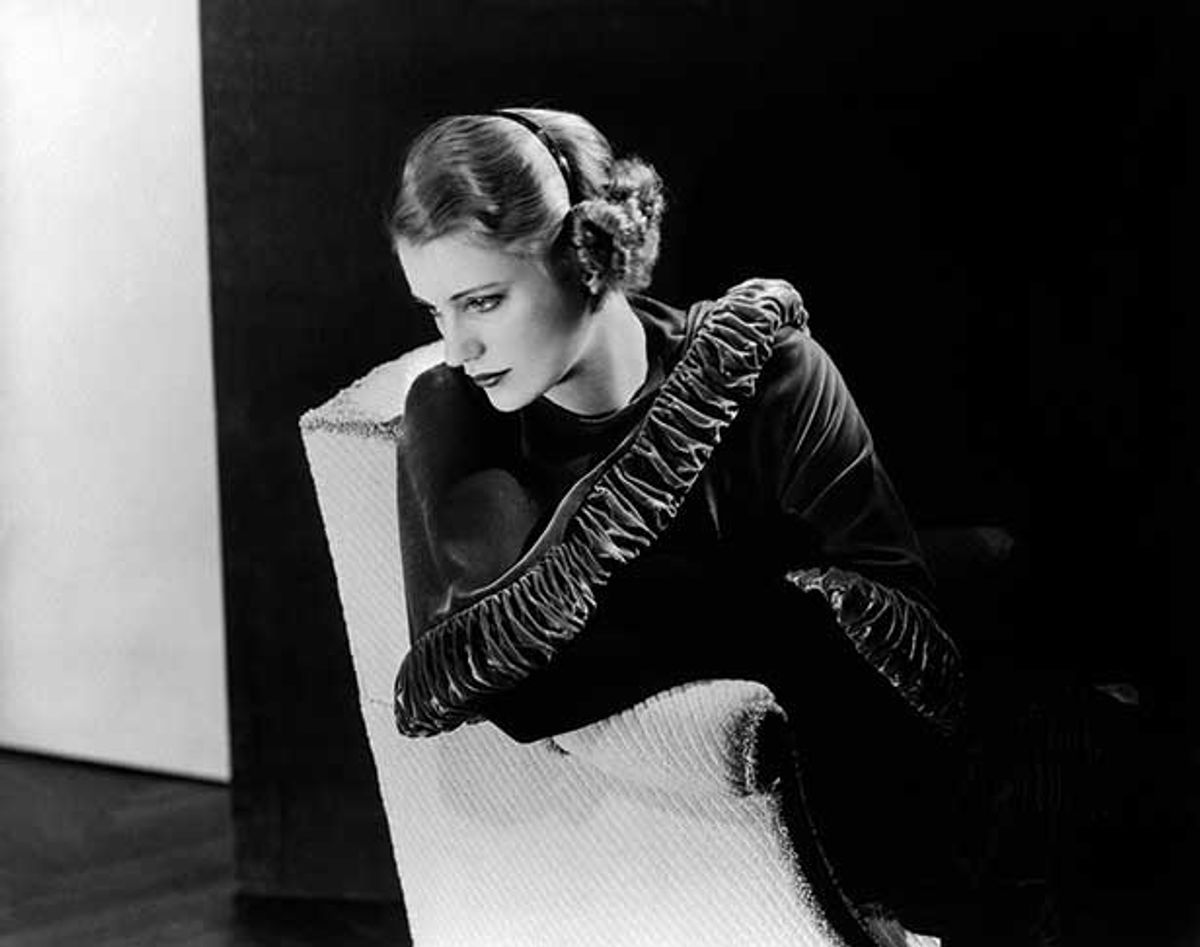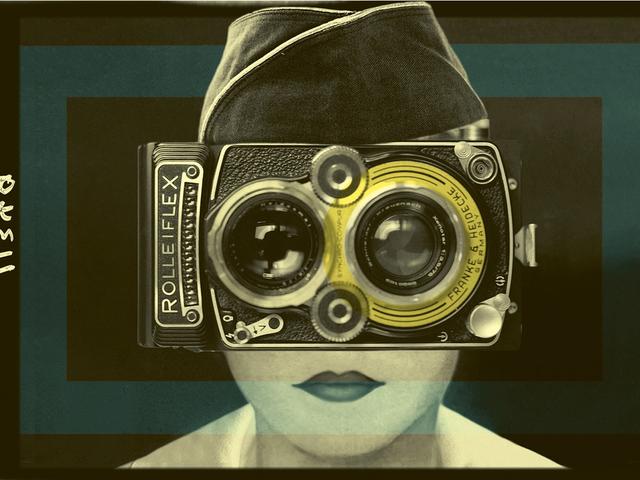Lee Miller Dressed, opening at the Brighton Museum & Art Gallery this weekend, promises to be something of a ragbag show. That is not to be derogatory, simply a literal truth. The museum’s textile and fashion curator Martin Pel will juxtapose 35 of Lee Miller’s (1907-77) best known photographs with ten outfits that she wore at different stages of her life, to document the multifaceted personality of the New York Vogue model who became a Paris fashion photographer, Surrealist and war correspondent.
The clothes were found in October 2019 during an attic clearance at Farleys House, the Sussex home—now a gallery and museum—that Miller shared with her art historian second husband Roland Penrose.
“There was a fabric bag, tied at the top, with a tag saying ‘rags’,” says the Farleys director and archivist Ami Bouhassane, who is Miller’s granddaughter. “We needed more space for the archives so we thought, ‘let’s have a look and if it’s just rags, throw it out’,” Bouhassane says.
“She did have a thing for gladiator sandals”Ami Bouhassane, director of Farleys House
“The first thing we pulled out was the bathing suit/beach dress. It was fantastic, and we could date it to 1939 from photographs of her wearing it,” Bouhassane explains. Two trunks, thought to be empty, turned out to also be full of clothes. “They all had to be stored properly, so we started by trying to make space for the archives and ended up with less space than we started with.”
In total, the bag and trunks yielded clothing from every period of Miller’s life. “They had stuff from age seven to age 70,” Pel says. For the Brighton Museum show, Pel has focused on four decades, from the 1930s to the 1960s, putting together ensembles to reflect Miller’s personality and the worlds she moved in. From the 1930s there will be a vibrantly colourful bikini bathing suit—“shocking, most women wouldn’t have worn that in the 30s, or even the 40s,” Pel says—and a Schiaparelli evening dress evoking her life as a model and photographer in the Paris fashion world.
From the following years, the show will include a Romanian folk coat picked up during a 1938 documentary reporting trip; a maternity smock refashioned from a 1940s day dress; the US Army uniform she wore to report from the Normandy battlefields and Buchenwald and Dachau concentration camps; a 1947 Jantzen woollen ski jumpsuit; jodhpurs from her time as a Cairo hostess and Egyptian millionaire’s wife; and shoes—lots of shoes. “She did have a thing for gladiator sandals,” Bouhassane says.
The exhibition will also include her Farleys farmyard “scruffs” from the 1970s: a pair of men’s corduroy trousers and a red fleece jerkin made from a military jacket turned inside out. In her later years Miller vanished behind a cloud of depression, and in the decades after her death in 1977 her work fell somewhat out of fashion. But over the past decades a re-evaluation of neglected women artists has brought her back into focus. Lee, a biopic starring Kate Winslet, is due to be released in December after premièring at the Toronto International Film Festival last month (see our review at theartnewspaper.com). And a new book, Lee Miller: Photographs, by her photographer son Antony Penrose with a foreword by Winslet, was recently published by Thames and Hudson.
• Lee Miller Dressed, Brighton Museum & Art Gallery, 14 October-18 February 2024



